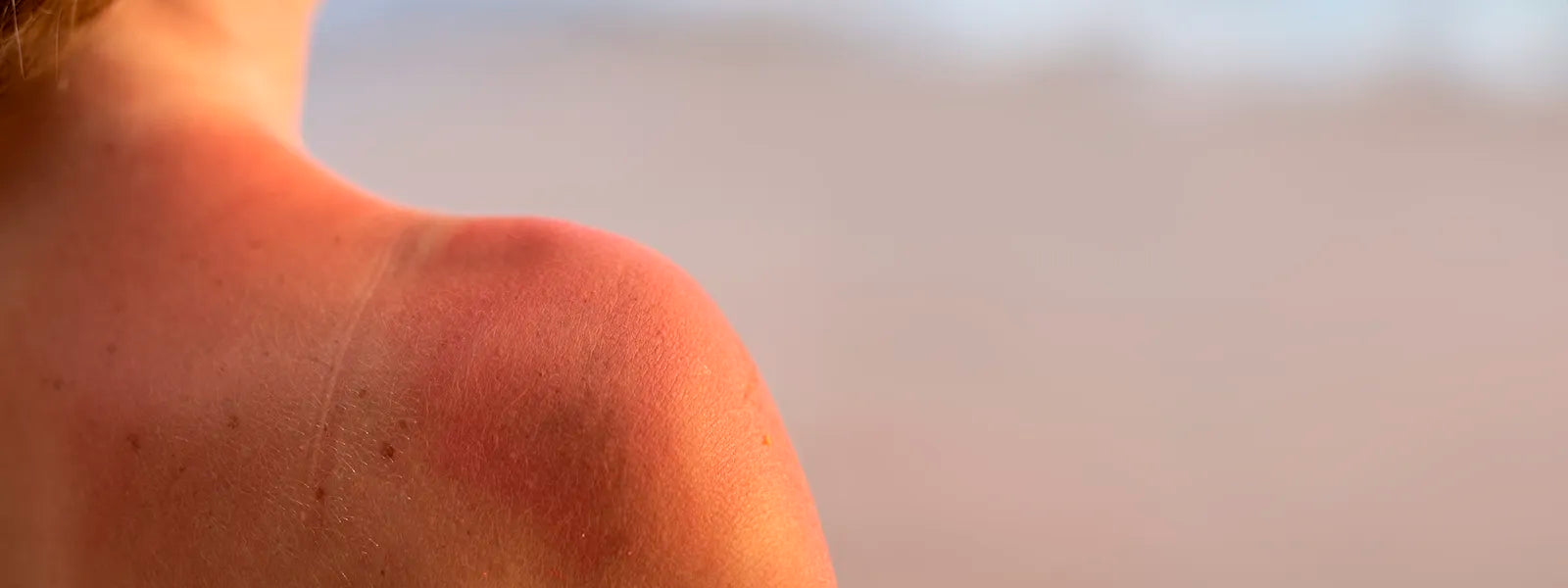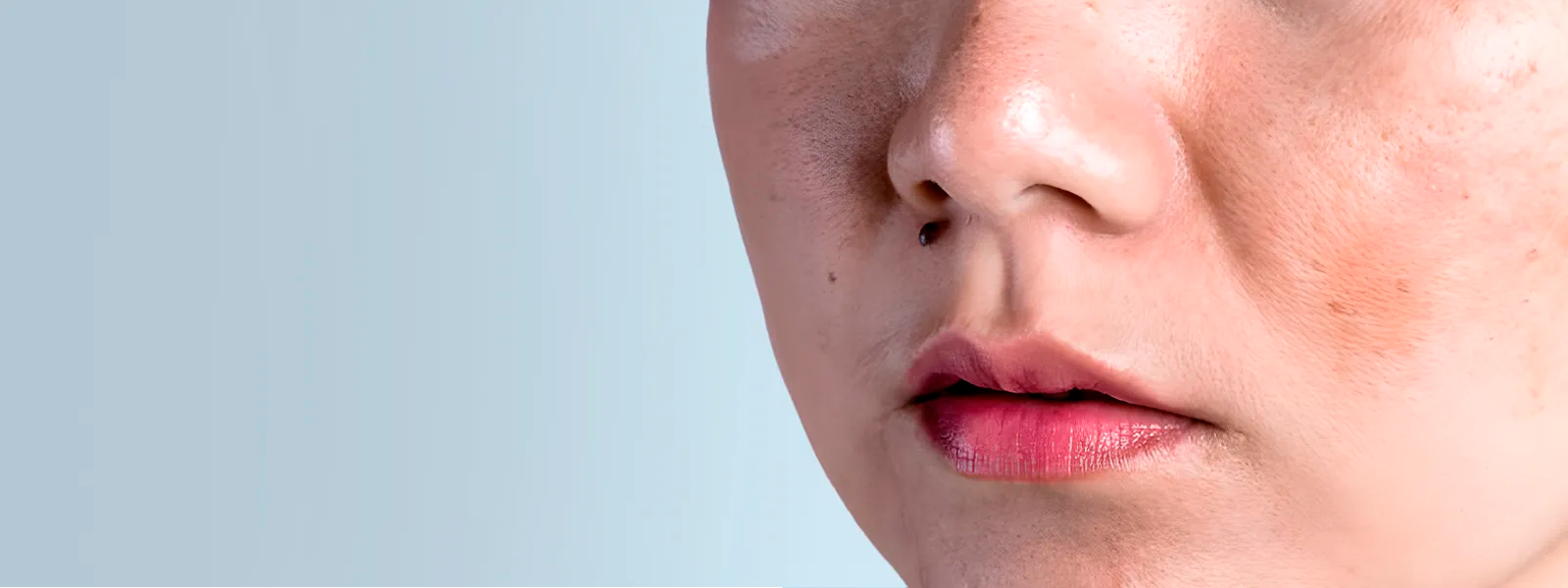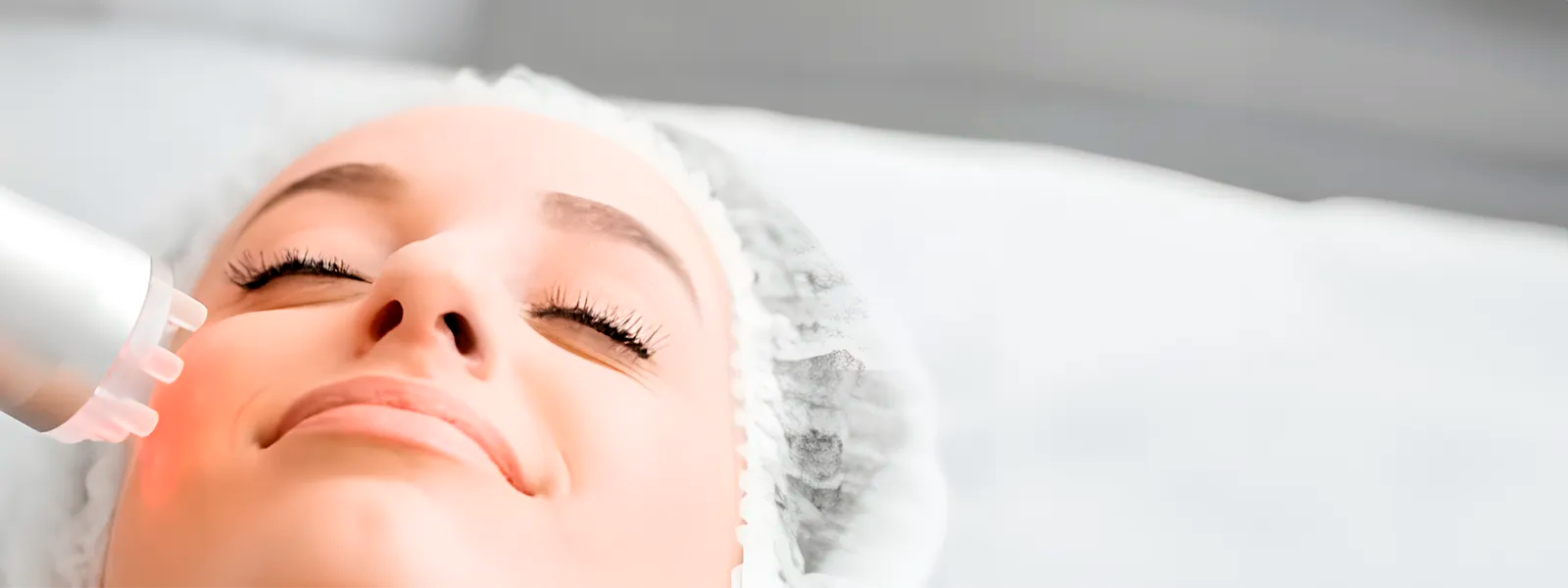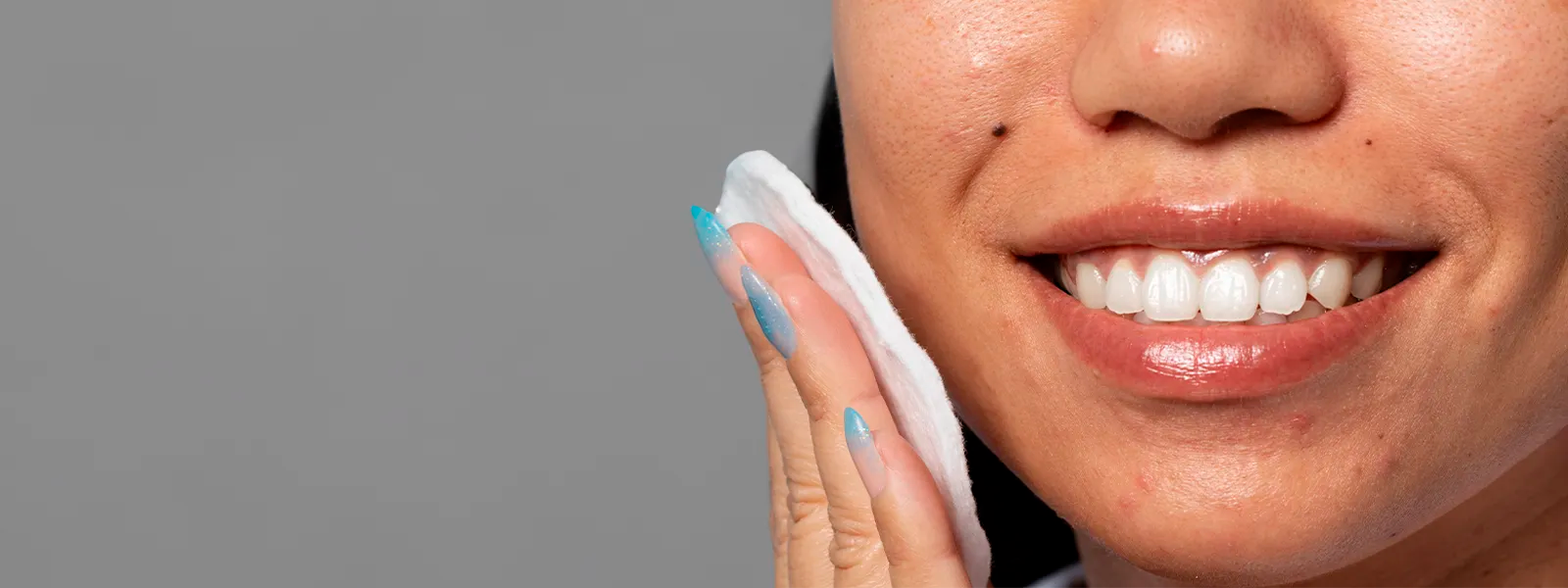Protecting skin from the sun is one of the most important aspects of skincare. Damage from the sun’s rays and UV light can cause a number of issues from premature aging, to uneven skin tone, uneven skin texture and even cancer. Fortunately a lot of research in dermatology has been done on the subject, and there are some clear steps one can take to protect against the sun.
What Is Sun Damage?
Sun damage, also known as photoaging, refers to the harmful effects of ultraviolet (UV) rays from the sun on the skin. Prolonged and unprotected exposure to these rays can lead to various skin issues, including premature skin aging and skin cancer. The primary sources of UV radiation are the sun and tanning beds. UV rays are classified into UVA and UVB rays, both of which contribute to skin damage. UVA rays penetrate deeper into the skin and are responsible for aging and wrinkling, while UVB rays affect the surface and are the main cause of sunburn.
What Does Sun Damage Look Like?
Sun damage manifests in several ways, often visible on parts of the body frequently exposed to the sun, such as the face, neck, hands, and arms. Some common signs of sun damage include:
- Sunburn: A visible and painful indication of excessive sun exposure. The skin becomes red, tender, and sometimes swollen.
- Pigmentation Changes: Dark spots, also known as age spots or liver spots, appear on the skin. These are caused by an overproduction of melanin in response to UV exposure.
- Wrinkles and Fine Lines: UV rays break down collagen and elastin fibers in the skin, leading to premature aging, characterized by wrinkles and fine lines.
- Actinic Keratoses: Rough, scaly patches that can develop into skin cancer if left untreated.
- Loss of Skin Tone: Prolonged sun exposure can cause uneven skin tone and texture.
- Redness and Blotchiness: Persistent redness and visible blood vessels (telangiectasia) often occur due to sun damage.
What Are The Side Effects Of Sun Damage?
The side effects of sun damage can range from mild to severe and can have long-term implications for your skin health. Some of the primary side effects include:
- Skin Cancer: Prolonged UV exposure is a significant risk factor for skin cancer, including melanoma, basal cell carcinoma, and squamous cell carcinoma. Melanoma is the most dangerous form of skin cancer, often appearing as a new mole or a change in an existing mole.
- Premature Aging: UV rays accelerate the aging process, leading to earlier onset of wrinkles, sagging skin, and loss of elasticity.
- Pigmentation Issues: Sun exposure can cause hyperpigmentation, resulting in dark spots and uneven skin tone.
- Actinic Keratoses: These precancerous lesions can develop into squamous cell carcinoma if not treated promptly.
- Dehydration and Dryness: Sun exposure can strip the skin of its natural oils, leading to dryness and dehydration.
How To Prevent Sun Damage
Preventing sun damage is crucial for maintaining healthy skin and reducing the risk of skin cancer. Here are some effective strategies:
- Use Sunscreen: Apply a broad-spectrum sunscreen with an SPF of at least 30 every day, even on cloudy days. Reapply every two hours and after swimming or sweating.
- Wear Protective Clothing: Long-sleeved shirts, wide-brimmed hats, and sunglasses can provide additional protection against UV rays.
- Seek Shade: Avoid direct sun exposure, especially during peak hours (10 a.m. to 4 p.m.) when UV rays are strongest.
- Avoid Tanning Beds: Tanning beds emit UV rays that can cause significant skin damage and increase the risk of skin cancer.
- Regular Skin Checks: Visit a dermatologist annually for a professional skin exam and perform regular self-exams to detect any changes in your skin.
How To Recover From A Sunburn
If you do get sunburned, it’s important to take steps to help your skin recover:
- Cool the Skin: Take cool baths or showers to soothe the skin. Avoid hot water, which can further irritate the burn.
- Moisturize: Apply aloe vera or a gentle, fragrance-free moisturizer to help hydrate the skin and reduce peeling.
- Hydrate: Drink plenty of water to help your body recover from dehydration caused by sunburn.
- Avoid Further Sun Exposure: Stay out of the sun until your skin has fully healed.
- Over-the-Counter Remedies: Use pain relievers like ibuprofen to reduce inflammation and discomfort.
How To Get Rid Of Sun Damage
Addressing sun damage often requires a combination of cosmetic treatments, many of which can be performed by a dermatologist:
- Topical Treatments: Retinoids, vitamin C serums, and other antioxidants can help repair sun-damaged skin by promoting cell turnover and reducing pigmentation.
- Chemical Peels: These treatments use acids to exfoliate the top layer of damaged skin, revealing smoother, more even-toned skin underneath.
- Laser Therapy: Laser treatments can target pigmentation and stimulate collagen production, helping to reduce the appearance of age spots and wrinkles.
- Microdermabrasion: This procedure exfoliates the skin, removing dead skin cells and improving the texture and appearance of sun-damaged skin.
- Photodynamic Therapy: Used to treat actinic keratoses and other precancerous lesions, this therapy combines a photosensitizing agent with light exposure to destroy abnormal cells.
- Dermatologist Consultation: Regular visits to a dermatologist can help monitor and treat sun damage effectively.
Conclusion
Sun damage is a serious concern that can lead to various skin issues, including premature aging and skin cancer. By understanding the signs of sun damage and taking preventive measures, you can protect your skin and maintain its health. Should you experience sunburn or other symptoms of sun damage, prompt treatment and consultation with a dermatologist can help mitigate the effects and restore your skin's health. Remember, sun protection is a daily commitment that pays off in the long run with healthier, more youthful skin.
Sources:
https://www.skincancer.org/prevention/uva-and-uvb
https://www.webmd.com/skin-problems-and-treatments/features/skin-tones-skin-types
https://www.aad.org/public/everyday-care/skin-care-secrets/routine/healthier-looking-skin
https://www.webmd.com/skin-problems-and-treatments/skin-barrier-what-to-know





Leave a comment (all fields required)